iPhone 6s versus the Lumia 1020
With the new iPhone outputting at 12MP, I had something of a comparison dilemma, with the 1020 normally outputting at an oversampled 5MP. However, the third party camera application ProShot promised to do something similar at 12MP, so that's what I went with, meaning that we can compare pixel for pixel and use our comparator.
The crops below are all at 1:1 as usual. I've deliberately put in an emphasis on tricky subjects or conditions, to push the camera phones to the limit.
| Note that the interactive comparator below uses javascript and does need to load each pair of images. Please be patient while this page loads, if you see a pair of images above each other than you've either not waited long enough or your browser isn't capable enough! |
Test 1: Landscape, sunny
My default test across suburban gardens, aiming at a roof with loads of detail and texture, in sunshine. Here's the overall scene, for context:

In case you want to grab the original images to do your own analysis, here they are, from the Lumia 1020 and Apple iPhone 6s, click the links to download. And here are detailed 1:1 crops, just wait to make sure the page has fully loaded and then use your mouse or trackpad pointer to compare the images:
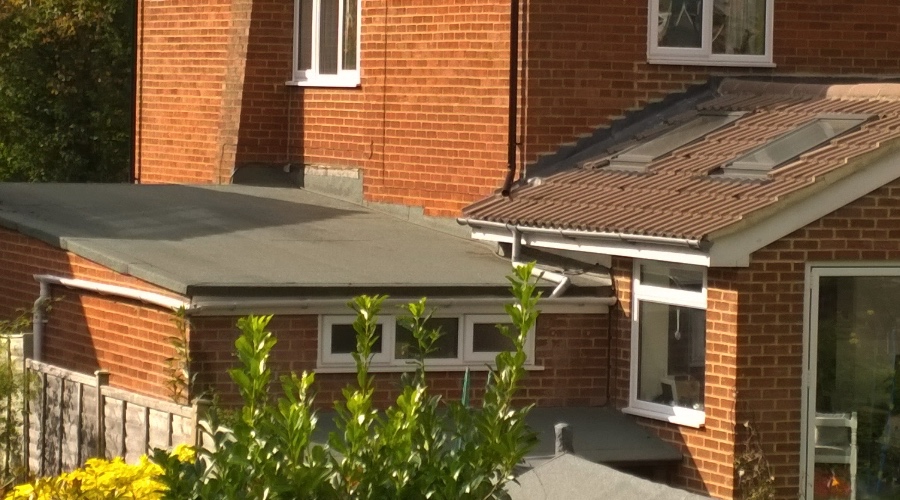
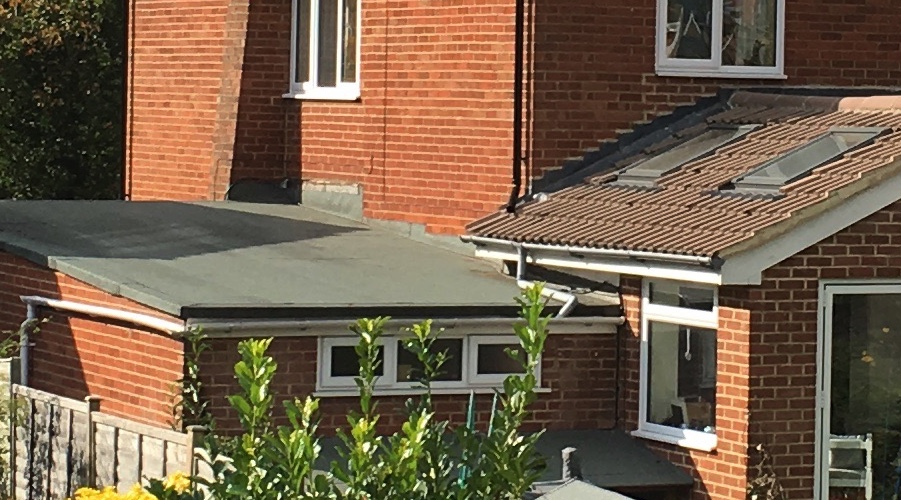
As with previous comparisons here on AAWP, there are big differences in image processing, with the Lumia 1020's detail looking natural and the iPhone 6s's detail looking more 'processed', i.e. artificially sharpened. Don't get me wrong, the result looks 'clearer' at first glance and some people might prefer it, but I contend that, as with many other competing 2015 smartphones, detail is, to an extent, being created by algorithms and not by received photons on the sensor.
In fairness, this is looking at pixel level on 12MP images - there is no way that any normal user will spot these differences and both images are absolutely fine.
Test 2: Action macro in good light
A typical pet scene, trying to grab the moment when my guinea pig grabbed the leaf! Here's the overall scene, for context:

In case you want to grab the original images to do your own analysis, here they are, from the Lumia 1020 and Apple iPhone 6s, click the links to download. And here are detailed 1:1 crops, just wait to make sure the page has fully loaded and then use your mouse or trackpad pointer to compare the images:


A big win for the iPhone camera, which has made its reputation on being lightning quick to focus and capture, meaning that you can get any moment, as long as there's enough light. Here it only took one take, while the 1020 still missed the moment and this was the best of two tries. The iPhone also has a very fast burst mode, so you could shoot 100 snaps in only a handful of seconds and then pick the best one, while the 1020 is still hampered by several seconds between photos.
As expected, then. Let's move to an area the 1020 should do better in....!
Test 3: Landscape, sunny, zoomed
An impulse test, given that digital zoom has been getting better in many smartphone cameras over the last few years. Here I've zoomed by 3x on both phones, shooting a rooftop at sunset. So quite demanding. Even the 1020 is in digital zoom territory here, given that we're at 12MP, so I'm expecting blocky results from both. Here's the overall scene, for context:
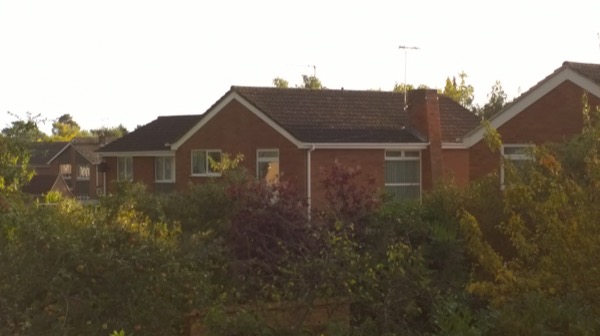
In case you want to grab the original images to do your own analysis, here they are, from the Lumia 1020 and Apple iPhone 6s, click the links to download. And here are detailed 1:1 crops, just wait to make sure the page has fully loaded and then use your mouse or trackpad pointer to compare the images:
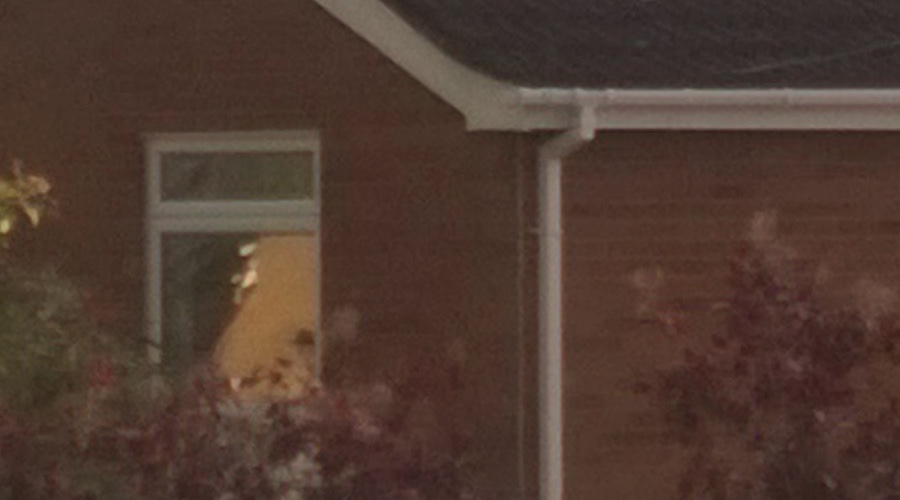
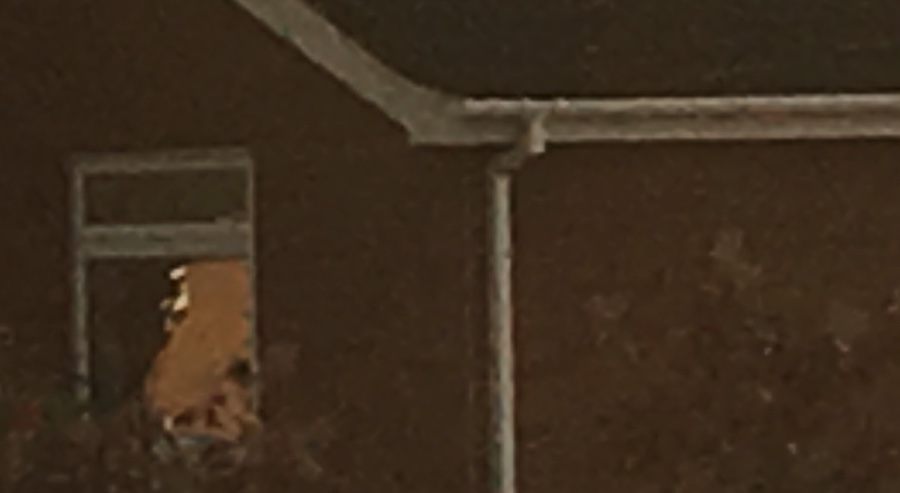
I was expecting a win for the 1020 here, but not quite the margin shown here. The OIS and larger sensor, together with the underlying 41MP array means that, even in digital zoom territory the Lumia 1020 produces very decent results. I'll draw a veil over the iPhone's showing here....
Test 4: Indoors, low light
In a curtained, dimly lit room (darker than the phone cameras make it seem!), at around a metre, this should be a great test of focussing and how much light gets let in and processed. Here's the overall scene, for context:

In case you want to grab the original images to do your own analysis, here they are, from the Lumia 1020 and Apple iPhone 6s, click the links to download. And here are detailed 1:1 crops, just wait to make sure the page has fully loaded and then use your mouse or trackpad pointer to compare the images:


Considering the light levels, the iPhone 6s camera did pretty well, with colours that are just a little muted (the card around the edge really is a bit yellowed with age). The sharpening algorithms used help the painting look crisper to the naked eye, while the Lumia 1020's slightly more 'woolly' look is more accurate and could be sharpened in an editor if needed, of course. Maybe a slight win for the 1020 again, but the margin of the win is pretty small.
Test 5: Indoors, very low light, macro subject
In a really dark corner, with dark subject (gig stuff from my teenage daughter!) and at only 15cm, the detail here should be downright impossible to snap with a phone camera. Yet both do a good job, amazingly. Here's the overall scene, for context:
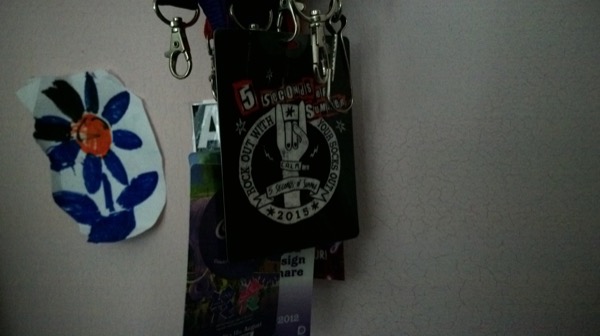
In case you want to grab the original images to do your own analysis, here they are, from the Lumia 1020 and Apple iPhone 6s, click the links to download. And here are detailed 1:1 crops, just wait to make sure the page has fully loaded and then use your mouse or trackpad pointer to compare the images:
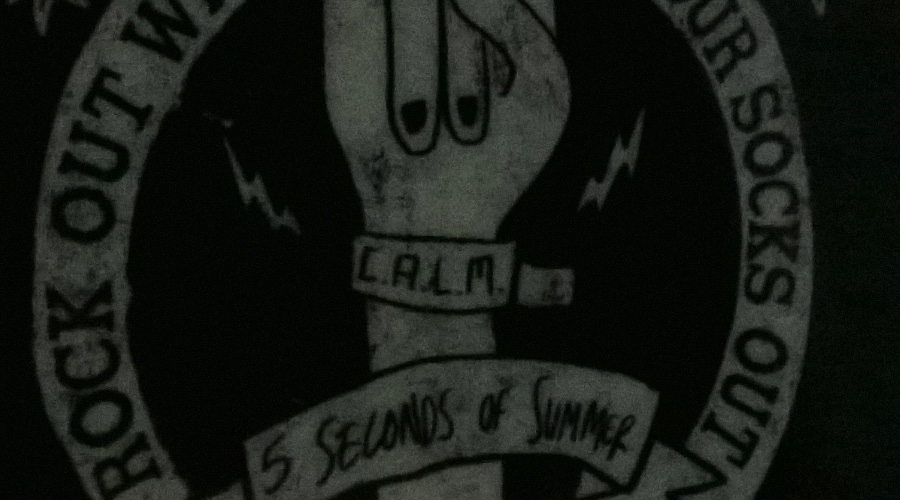
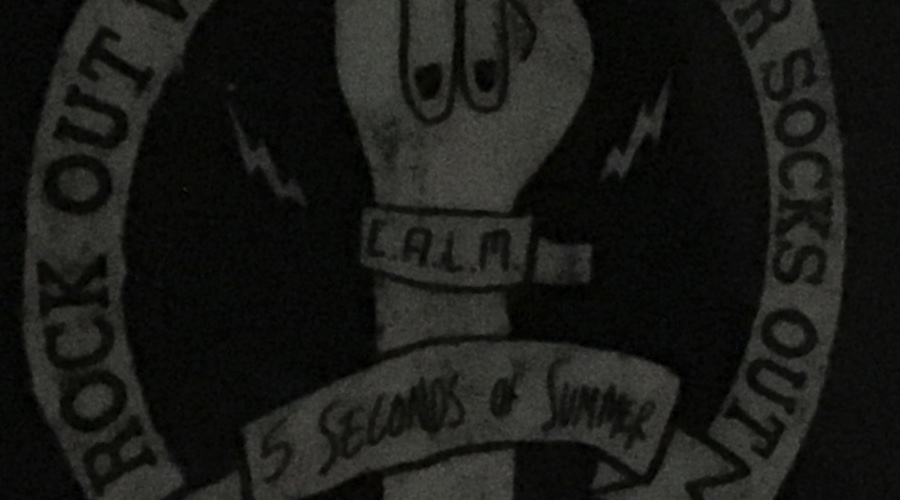
Unsurprisingly, the larger optics, sensor and OIS on the Lumia 1020 mean that it makes a good fist of giving detail while keeping noise down, but the much smaller iPhone camera does a better job than we're used to seeing from 1/3"-sensored devices. Yet another win for the 1020, but not by the huge margin we used to see in the past. And remember that these are really tricky images to snap.
Test 6: Party mock-up!
My classic party mock-up shot. Which of us hasn't been at an evening event and trying to snap people having a good time, waving, laughing and even dancing? This is classic Xenon flash territory, of course, and the 1020 does a great job. Here's the overall scene, for context:

In case you want to grab the original images to do your own analysis, here they are, from the Lumia 1020 and Apple iPhone 6s, click the links to download. And here are detailed 1:1 crops, just wait to make sure the page has fully loaded and then use your mouse or trackpad pointer to compare the images:
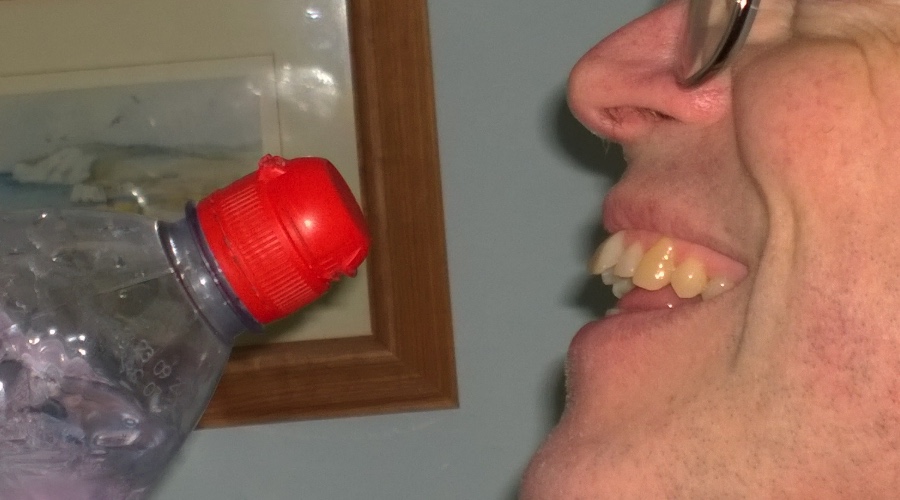
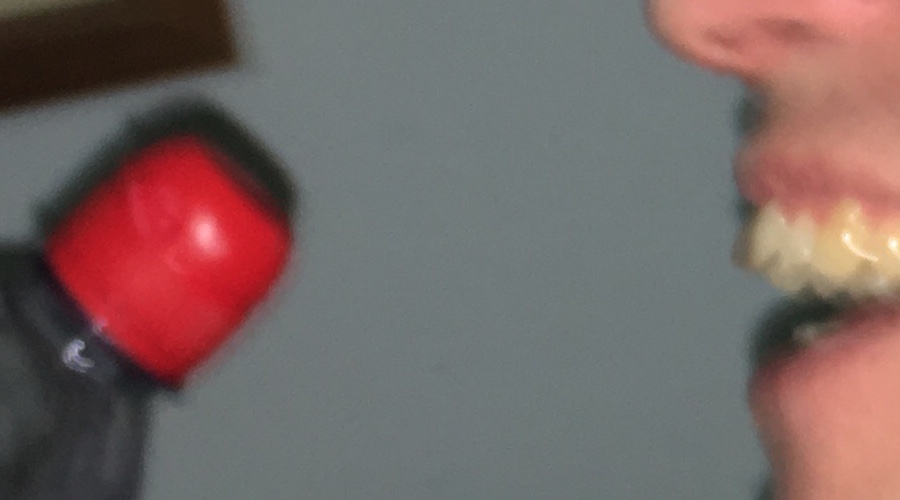
No contest, as you'd expect. My argument of 'Why don't more phones have Xenon flash?' is countered with 'Well, if you're taking photos at a party or indoor event then for goodness sake take a proper, standalone camera!' But I don't go along with this - my converged device, my smartphone, is supposed to be the only gadget I take out with me - everywhere.
As usual LED flash is hopelessly outclassed for moving human subjects. The iPhone doesn't do any worse than most other smartphone cameras on the market today under these circumstances, though we're just starting to see devices coming with large enough apertures and high enough ISO that shutter speeds can be kept short to better freeze moving subjects. Which is a good tease towards the imminent Lumia 950 and 950 XL - of which a full review will be coming in the first week of December 2015.
Test 7: Dusk!
A big test of light access, focus, stability and noise control. Here's the overall scene, again darker than it looked, for context:

In case you want to grab the original images to do your own analysis, here they are, from the Lumia 1020 and Apple iPhone 6s, click the links to download. And here are detailed 1:1 crops, just wait to make sure the page has fully loaded and then use your mouse or trackpad pointer to compare the images:
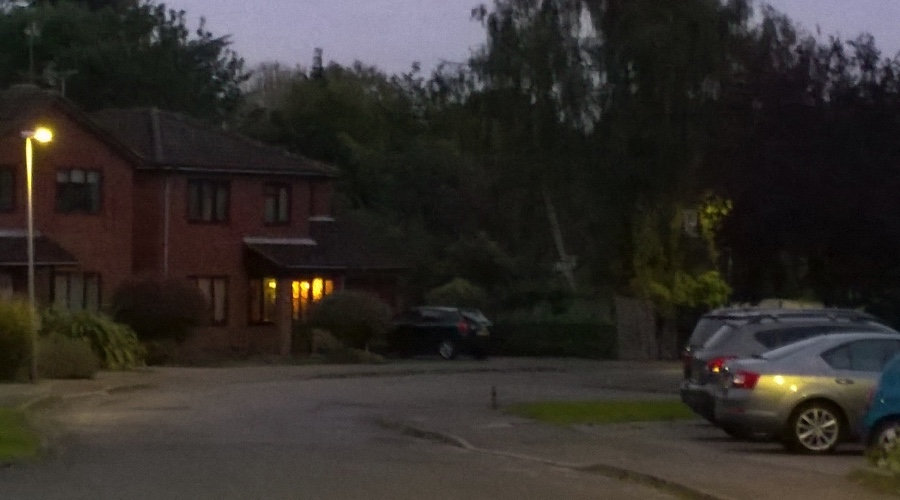
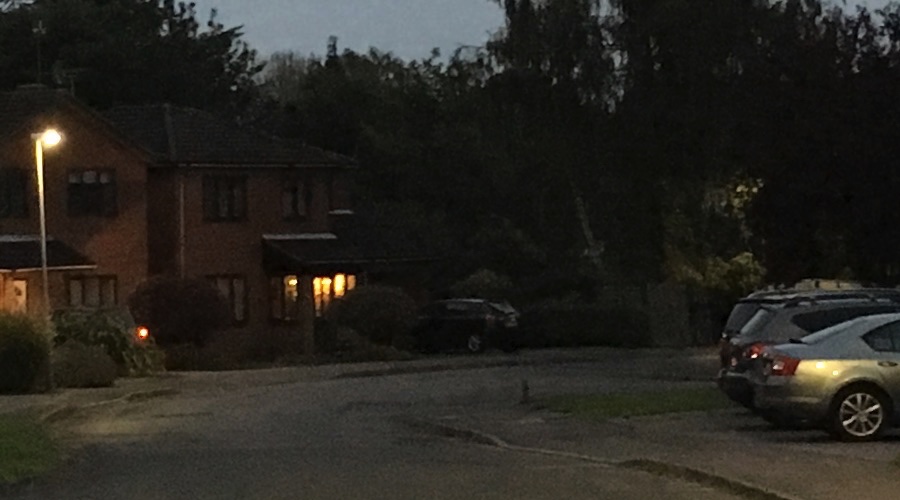
Although the 1020 edges the scene again in terms of low noise, detail and colour, the iPhone 6s did better than I'd expected for something without OIS, even managing sharper detail across the scene through some clever software/image processing. We've now got camera phones that are fast enough that multiple images can be taken and combined for best results, plus accelerometers that can be queried in order to pick a capture spot where the phone camera isn't moving, and so on. Put it all together and camera tricks are catching up with physics yet again. But not overtaking physics, at least not yet.
It's not just about quality...?
Of course, there's far more to a smartphone camera than just raw image quality though, for many people like me, quality is a huge factor. Speed of camera launching, speed of focus, speed of capture, three vital statistics which define smartphone photography for many people - and here the 1020 is legendarily bad and the iPhone 6 range notoriously good. But it's absolutely fair to say that the older Nokia with the huge camera is still top dog here in terms of results if raw speed isn't an issue.
Let's summarise with pros and cons:
| Camera phone attributes | Pros | Cons |
| Lumia 1020 | Terrific image quality in all light conditions, all subjects Cheap to buy now (second hand, probably!) |
Slow to launch |
| Apple iPhone 6s | Fast to launch Fast to focus (PDAF) Very fast shot to shot Clever image processing and intelligence |
Average quality at best when light levels are low Expensive |
PS. Thanks to Mobile Fun for the review hardware, see them for iPhone 6s accessories.

